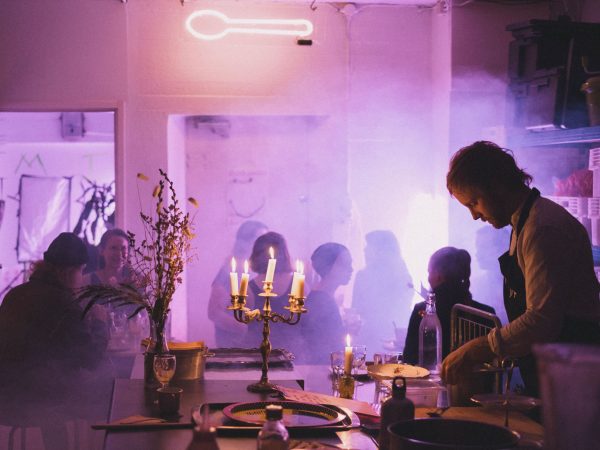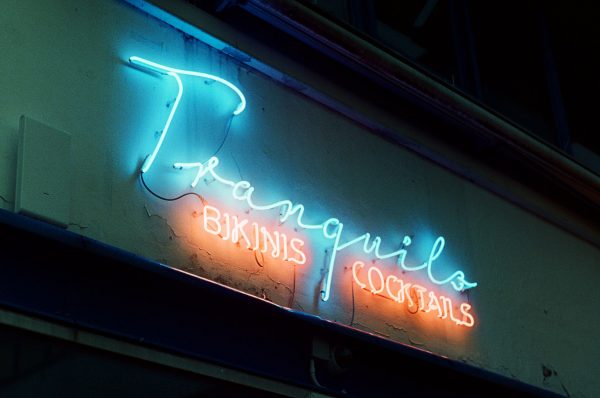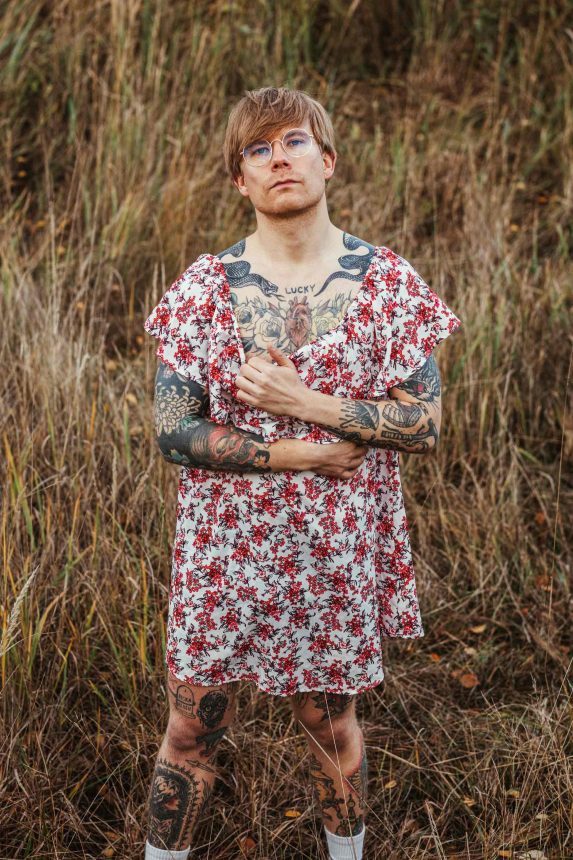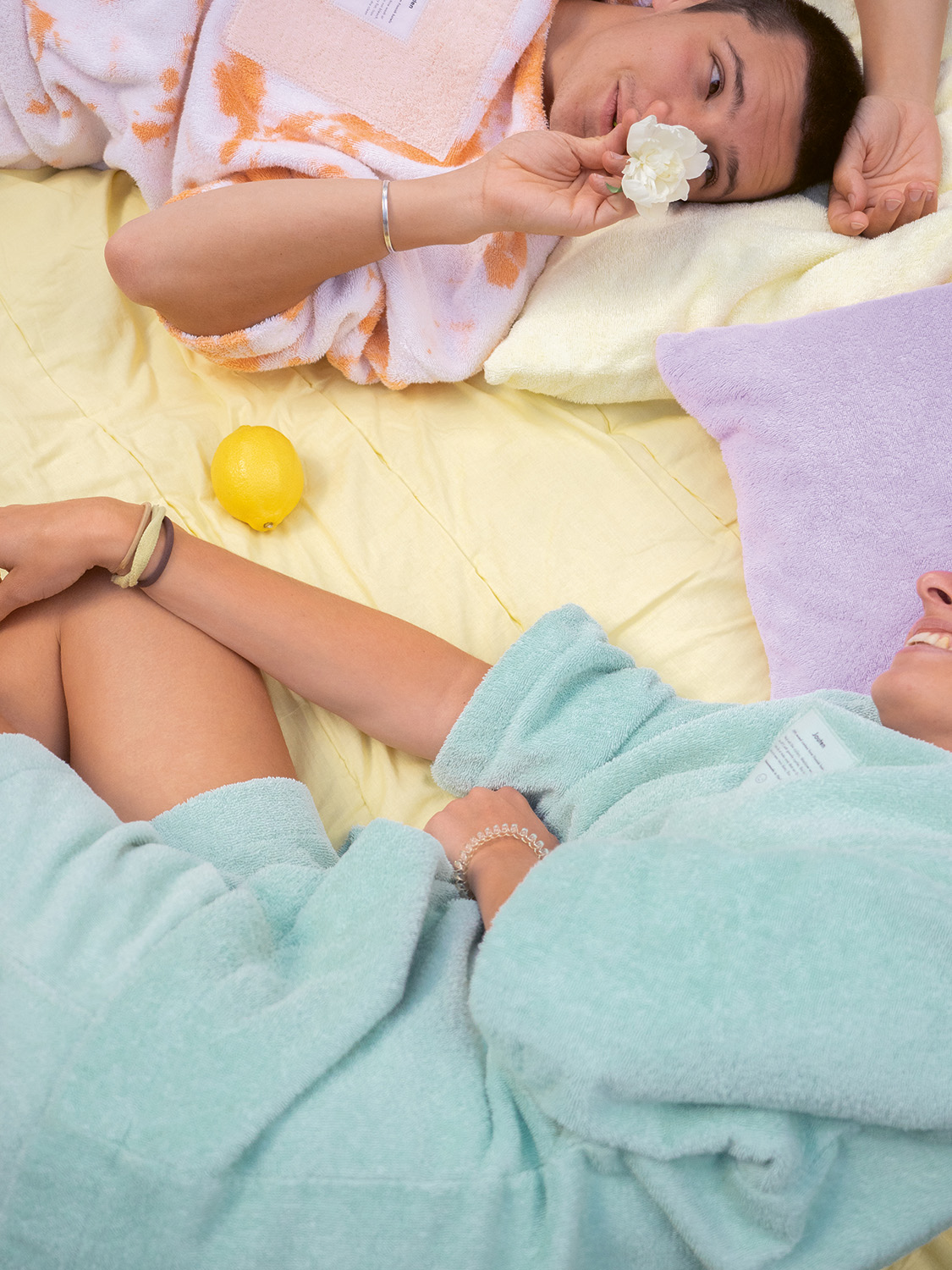
Circular Design 1. Intro & Jouten – Embracing the Beauty of Idleness with Luxurious Repurposing
Can someone’s trash truly become another’s treasure? Jori Pasula dove deep into the world of circular design to learn how different creators can make us love stuff that was already gone. Read how to get wasted materials upcycled – with textiles, beer and interiors.
Circular economy has become sizzling hot lately as companies are starting to get the beat of reducing, reusing and recycling. About time, amigues – we’re discarding two-thirds of materials taken from earth as we’ve been rocking the linear “take, make and waste” roll since industrialization.
The simplified goal of circular economy is to form a closed loop where products, their materials and cash circulate without waste being generated. This would feel like a huge concept to adapt if it hadn’t always been here. As the resident-explorer of National Geographic, Dr. Enric Sala reminds in his book Nature of Nature: “Everything is reused or repurposed in nonhuman ecosystems. The natural world is the perfect circular economy, where everything, even after its lifetime, becomes a source for something else.”
Designing away waste isn’t simple. As ‘design to last’ needs to be the basis, we need to benchmark natural processes all while innovating with new technologies and business models to reuse and recycle materials more efficiently. One could still argue that the usual recycling case is downcycling, where materials are broken down to then produce a recycled product of a lesser value – and should thus be the last option in our aim for circularity.
This is where upcycling has brought itself up in its renaissance. This design process where an end-of-life object is turned into a more valuable piece through repurposing, was ten years ago mostly known through (sometimes a bit kitschy) DIY-projects. But upcycling has turned pro – even haute couture brands like Louis Vuitton are creating from deadstock textiles and the Silicon Valley visionaries are now bringing upcycling to the food industry.
As a craft and a creative process in which a wasted object is turned into a unique piece that sparks meaning and value to its owner, upcycling is not only about environmental sustainability – it’s about rethinking through design and transmitting inspiration. Let’s see how different Finnish companies are doing it – and get inspired!
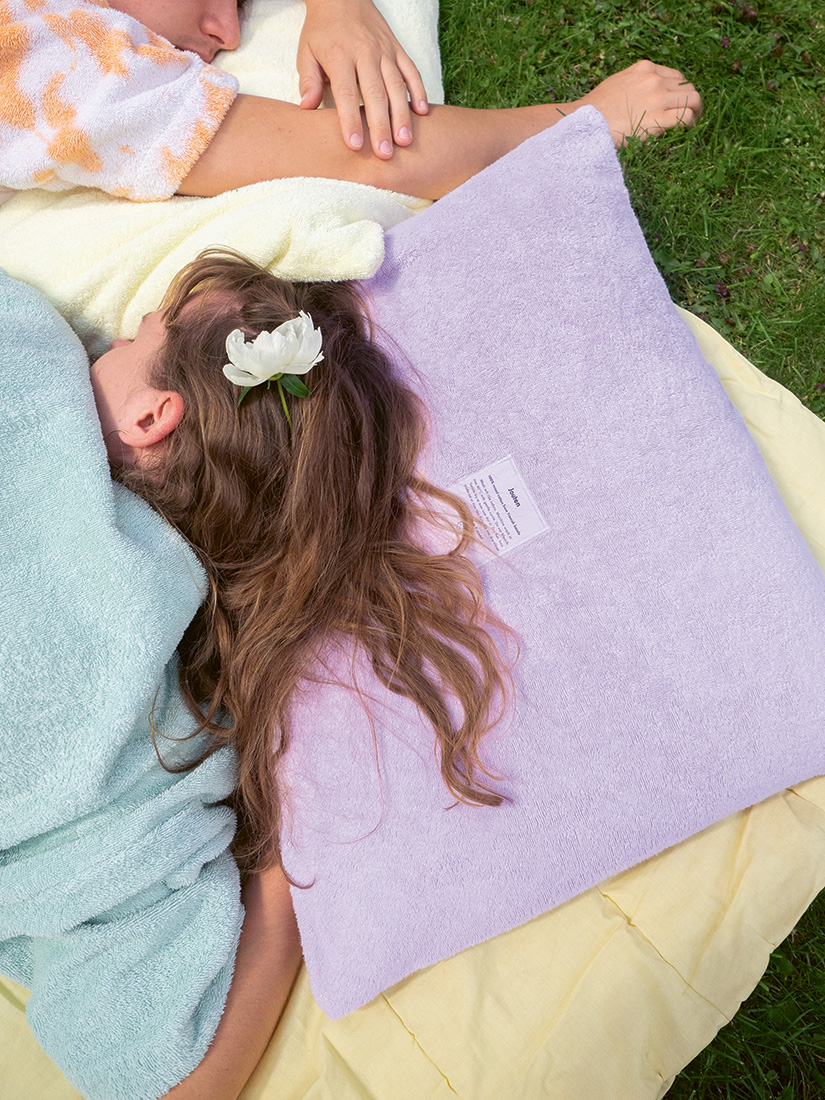
Jouten – embracing the beauty of idleness with luxurious repurposing
Jouten is a Helsinki-based lifestyle brand and an experimental design studio inspired by rethinking everyday ordinariness. Jouten creates gender neutral collections from repurposed hotel towels. Designer duo Emmi Lonka and Eljas Pajamies shared their story and thoughts on creating an upcycling-based brand.
Hi Emmi and Eljas. Could you open up the philosophy behind your brand a bit?
EMMI: Jouten is an ode for hazy idleness, kind of a homage to being at ease. It’s a relaxed and free state of mind in which not much is happening, but where one is truly being present. That’s what we want to cherish with the design language, color palettes and the visual world of our brand. Being Jouten helps to reflect on the past and imagine the future – new ideas need Jouten time.
How did you end up starting the project?
EMMI: Back in 2015 I had this desire to design and create surf ponchos. Used terry cloth towels turned out to be the most efficient material for it. I was scoring the towels from recycling centers and lost & founds of the swimming halls. There were piles of this abandoned, dumped potential just laying around everywhere. It was fulfilling to bring the terry back to life in a new repurposed context.
I’ve always found comfort and inspiration around water and back then I felt that the surf poncho encapsulated the mindset of post-ocean bliss. The Jouten philosophy started to evolve from there, and we took it further when Eljas jumped on board.
ELJAS: In 2019 we really started to craft our own ethos and develop the brand further. We wanted to expand the Jouten world from beach and spa vibes and bring Jouten world to the streets, everywhere. We needed a solid supply of secondhand terry and thought about hotels – the luxury feel of towels wear off easily for hospitality standards, but the material is still top quality.
We ended up pitching for Comforta (subsidiary of Lindström) who manage the towel game for pretty much every hotel in Finland. We basically had some designs, the brand philosophy and the storified visual concept to present with and they got pretty excited. Previously the towels were recycled as industrial textiles or broken down to fibers, and they really believed our vision for a more upcycled use.
How does wasted potential turn into a unique piece?
ELJAS: I think the most important factor is in taking the material out of its original context by finding a new purpose and meaning for it – creating a new world and reality around it. There needs to be something immersive in the whole concept to fade away the fact that the material is second hand. Obviously the circularity is a selling point, but we don’t want to highlight it too much. We focus on crafting Jouten in a way that repurposes the used material in an inspiring way.
EMMI: I guess it’s about seeing beauty in places it hasn’t been seen before. But more importantly about how this beauty is then introduced and transmitted. How the pieces are designed and sewed, what’s the mood and mindset the brand is welcoming one into. I’d say it can be more difficult to design from used material, but it’s also more rewarding. It requires some spaghetti being thrown to the wall to see what sticks, but it’s worth it.
We’re living in a world of forgetting, where pieces are easily abandoned and then forgotten. I think our mission has been in highlighting the wonderful aspects of the material, but making people forget that it’s used.
Wanna share some love for terry as a material?
EMMI: Terry is lovely – soft and furry. It’s kinda giving these “I wanna fondle and pet that” vibes when seen worn. Maybe it’s triggering some animal instincts in us. But definitely for its usual context it’s associated with soothing environments and mindsets. Being at a spa or sauna, taking a meditative bath or a dip in the sea – at least not working or stressing.
I guess that terry as a material subconsciously might have had an impact to the birth of the whole Jouten philosophy. And it has helped to spread it.
How about expanding Jouten movement to different materials?
ELJAS: We’ve sort of waited that we’d run out of used terry – so we would have to imagine a new canvas and learn how to express Jouten on it to take it to new dimensions. But our material partners are super happy with the collaboration and we too have heaps of ideas and passion left for terry. It’s definitely tempting to try something new and also kinda huge for our brand – when we do it we want to finesse it great.
EMMI: That would be fresh. We’ve been philosophizing with this – when you’re Jouten you are open to observe the environment and open to seek for new possibilities in surprising places. Would be lovely to create this positive cycle of new ideas, material uses and creative processes within Jouten.
